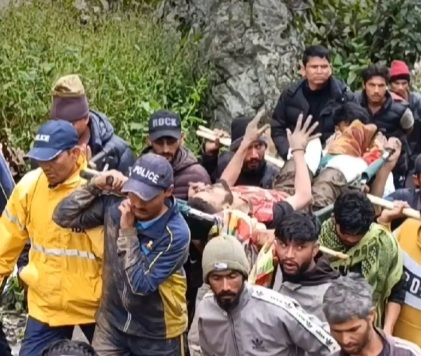DERHADUN/SHIMLA: It was a dark different night on July 31 in Sri Kedarnath and Srikhand Mahadev located roughly 150 km apart as far as aerial distance is concerned.
The catastrophic cloudburst struck at both sacred tops linked to the Lord Shiva. It wreaked havoc in downstream rivers, khads and streams in Uttarakhand and Himachal Pradesh.
The cloud bursts caused widespread destruction and leaving thousands stranded. The floods also washed away the part of tones of trash and filth littered on the Kedarnath and Srikhand sites.

At Both sites there were tent walas where the neo-tourists indulge in all kinds of acts, revealed devotees. 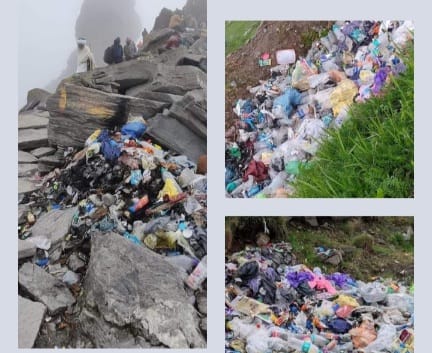
But the victims who faced death were innocent local villagers living downstream.
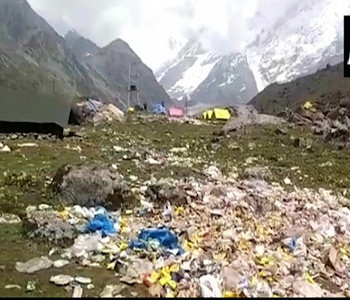
It appears Nature or Lord Shiva carried out Operation cleanliness by resorting to His i ferocious Tandva and Rudra Rup, believe devotees.
In Uttarakhand, the Kedarnath area was severely hit with over 3,000 pilgrims stuck due to floodwaters cutting off main routes.
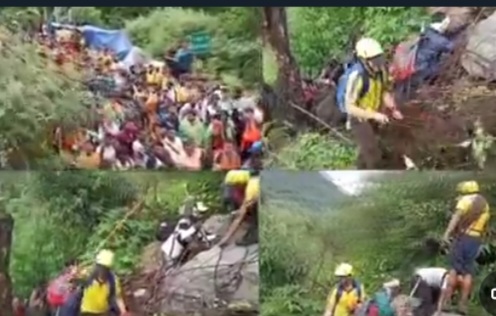
Meanwhile, Himachal Pradesh’s Srikhand Mahadev region experienced similar devastation, with the cloudburst causing fatal flash floods that washed away over 32 villagers in Samej.
More than 400 people in Malana, Srikhand, Bagipul, Samej, Jhakhari and in Mandi, Kullu as well.
Like in Kedarnath, the flash floods also cut off the main routes to Srikhand Maha Dev. The signal is clear: the these yatras need to be regulated or they should be ready to face Nature's wrath.
Some link these extreme weather events to Climate change and reckless development in mountains.
Others link it to the Divine intervention Rudra Rup of Lord Shiva to protect sanctity and solitude of His Sites!
In either cases: These are the wake-Up call to Himalayan States to preserve the mountain tops as they are: pollution-free and perhaps 'neo-tourists-free'.
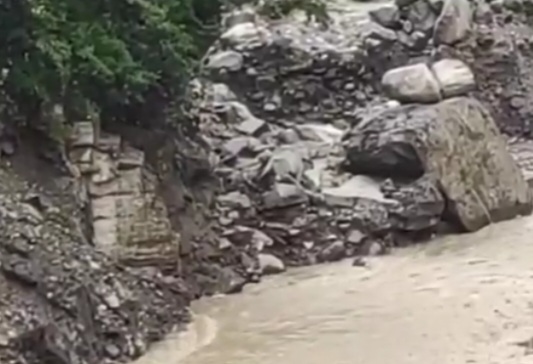
In Uttarakhand, the State Disaster Response Force (SDRF), led by Commandant Manikant Mishra, has been conducting rigorous rescue operations.
"Given the rising river levels, rescuing people from the riverbanks is no longer viable. Our team is tirelessly working through mountainous paths to ensure the safety of stranded pilgrims," Mishra stated.
Over 2,200 individuals have been successfully evacuated through alternative routes amid challenging conditions.
Nobody knows as to how many are still there at Kedarnath as there is no connectivity to the area.
The Char Dham Yatra has seen an unprecedented number of pilgrims this year. More than 36 lakh have visited Char Dham this year.
Kedarnath alone has welcomed over 822,000 neo-pilgrims. It speaks volumes how its ecological fragility has been pushed to the brink.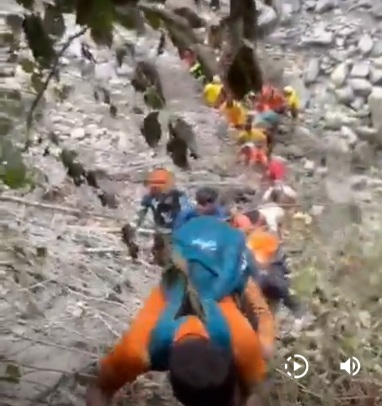
There were reports of hooliganism in the sacred sites which went viral on social media, speaking how the sacred sites are being subjected to disgrace and filth.
However, the surge in tourists has pushed the carrying capacity of the fragile Char Dham ecosystem to its brink. Dehradun-based NGO SDC Foundation has expressed grave concerns over the situation.
The increasing number of tourists is pushing the ecosystem to the edge of a big disaster, similar to what Kedarnath witnessed in 2013, which resulted in over a thousand deaths, fear NGOs.
This recent cloudburst serves as a second wake-up call, emphasizing the urgent need to manage visitors sustainably or face dire consequences.
These tragic cloud bursts have driven home urgent need for enhanced disaster preparedness and sustainable tourism practices in the Himalayas, where the delicate balance between nature and human activity is increasingly strained.
All we wish is that sanity and common sense prevail in everyone: pilgrims, Government and its policy Makers!


